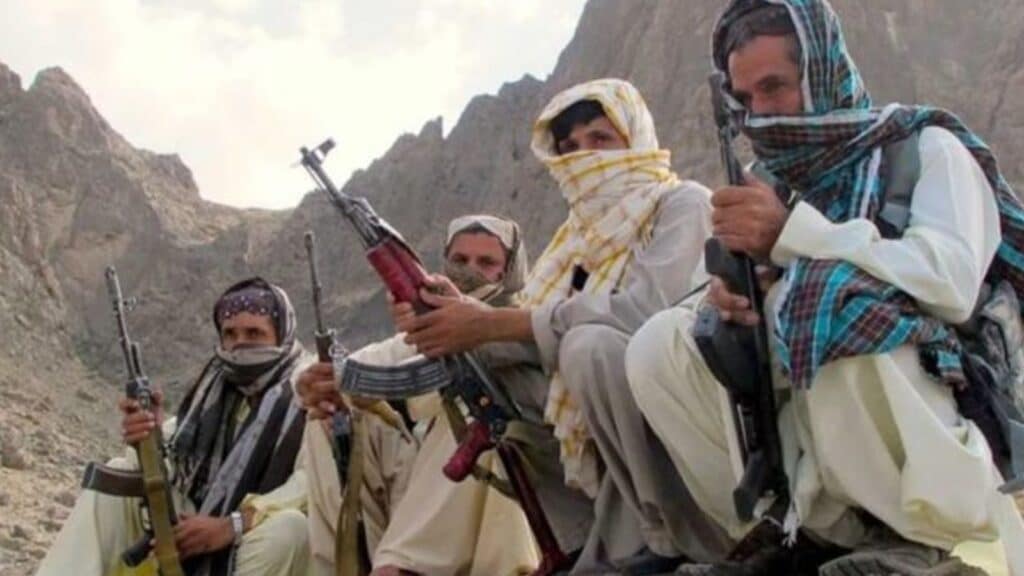Despite years of state efforts for development and dialogue, Balochistan’s violent insurgent groups continue to sabotage peace, targeting civilians, state institutions, and national infrastructure.
The scars of militancy in Pakistan’s Balochistan province are not only visible in remote mountain strongholds but are etched across towns and cities in the form of graffiti, propaganda slogans, and the lingering fear of extremist attacks. While the world continues to overlook the scope of this insurgency, these militant groups have long posed a serious threat to Pakistan’s security, economy, and regional development.
Balochistan is home to vast reserves of gas, gold, copper, and untapped sources of uranium and oil. Instead of channeling these resources towards peace and prosperity, a network of armed separatist groups has waged a campaign of violence, often under the guise of nationalism and self-determination.
Five Failed Insurgencies – And Counting
Since Balochistan’s legal accession to Pakistan in 1948, five armed insurgencies have emerged. Each one, instigated by tribal warlords and foreign-backed elements, has ultimately failed to gain legitimate public support.
Today, the Pakistani state faces a fragmented but violent insurgent landscape, composed of several militant outfits.
Recent Atrocities Against Civilians and National Projects
These insurgent groups have repeatedly targeted development projects, particularly those linked to the China-Pakistan Economic Corridor (CPEC), a game-changer for regional connectivity and economic prosperity.
In April 2024, militants from the BLF ambushed a Frontier Works Organization convoy working near Gwadar, killing 11 engineers. In August 2023, BRA-linked fighters bombed power transmission lines in Nasirabad, plunging major parts of Sindh and southern Punjab into darkness for hours.
In a particularly gruesome incident in May 2025, terrorists executed 16 unarmed bus passengers in Mastung, simply because they belonged to non-Baloch ethnic groups. The militant groups justify the killings of civilians by labeling victims as “spies” or “traitors.”
Changing Faces of Terror: From Tribal Feuds to Educated Extremists
While earlier insurgencies were rooted in tribal loyalty, modern-day Baloch militants increasingly come from educated urban backgrounds, including students from mainstream universities. These radicalized youths, many trained in neighboring countries, now operate in urban guerrilla cells, executing targeted assassinations and bombing.
Strategic Failures and Loss of Public Sympathy
Security analysts agree that these groups have alienated the general Baloch population through indiscriminate killings, ethnic targeting, and destruction of infrastructure. Their claim to represent Baloch interests has eroded, especially as the federal government increases investment in Balochistan’s education, health, and connectivity sectors.
Baloch Militancy is Not a Freedom Struggle – It’s Terrorism
Despite their narrative of “liberation,” Baloch militant groups have repeatedly acted against the interests of Balochistan’s people.





